You realise what a rarity western tourists are when the locals ask to take selfies with you. I was standing under the mammoth ramparts of the Ark, Bukhara’s great palace fortress, when two women came up and asked if they could have their picture taken with me. One was dressed Uzbek-style in a colourful dress and matching trousers, with a scarf knotted around her head; the other in a western blouse and trousers. We lined up, beaming, in front of a haughty two-humped camel.
Visiting Uzbekistan is a huge adventure. It’s the heart of Central Asia and the old Silk Road, a land of deserts and oases where you can still feel as if you’re stepping back in time. But it’s also unexpectedly safe, easy, inexpensive and welcoming.
At the airport, even the immigration officials were smiling. As the young man I sat next to on Tashkent’s splendid Metro told me in hesitant English: ‘We have a new president now. Things are much better. He wants foreign tourists to come.’
Thanks to President Mirziyoyev, who took over in 2016, as of last February British passport-holders can enter visa-free. This concession will soon be extended to American and Chinese visitors, but for the moment Uzbekistan is blissfully free of mass tourism. Right now is a small window of opportunity to see this enthralling place while it still preserves a flavour of its exotic past.
Uzbekistan became a country in 1920, under Soviet rule. Before then it was a conglomeration of khanates. Khiva, Bukhara, Samarkand and Tashkent were wealthy, cosmopolitan oases where merchants with their camel trains trekked across bandit-infested deserts to trade everything from silks and spices to slaves in its bazaars. The khanates were taken over by Tsarist Russia in the mid-19th century and the khans and emirs were reduced to puppets. Uzbekistan finally became independent in 1992. It’s an extraordinary amalgam of these very different cultures.
I started my journey in Nukus, a nondescript town in Uzbekistan’s far west. Nukus is so far from anywhere that when the country was part of the Soviet Union, Russian officials seldom bothered to visit. An extraordinary man called Igor Savitsky was able to build up a stupendous collection of banned avant-garde art, produced at a time when Stalin had decreed that only Socialist Realist works were acceptable. The artists had been disgraced, shot or exiled to Siberia but Savitsky managed to save many of their most important works at great risk to himself. They’re now housed in a museum that’s been dubbed ‘the lost Louvre of Central Asia’.
A Metro station in Tashkent
From Nukus, four hours of bumping along pot-holed roads through desert dotted with scrub brings you to the spectacular rose-tinted walls of Khiva. I had brought clothes suitable for a Muslim country but quickly discovered there was no need. As Ali, my Khivan guide, said: ‘Nowadays Uzbekistan is theoretically 90 per cent Muslim but most people are not practicant.’
Khiva is breathtakingly beautiful. It’s a Unesco World Heritage site. Everything is there, perfectly preserved — the Khan’s palace where he lived with his wives and 40 concubines, glorious tiled minarets, dazzling blue-domed mosques, madrassahs and plazas. But it feels a bit dead. To find the life of the city you have to explore the backstreets outside the city walls, where old women sit on the step outside their houses, or visit the cemetery with its dome-shaped tombs.
From Khiva I crossed the river Oxus and followed the Silk Road for another six bone-jarring hours to Bukhara. I’d accidentally arrived just as the city was celebrating its annual Silk and Spice Festival. People had come from miles around, dressed in their best. Musicians played lutes, fiddles, tambourines and drums, singers belted out folk songs, dancers performed intricate hand movements and a jester in a multi-coloured coat pranced about. The crowd danced too, while an old man in a white turban leaned on a stick, observing.
Bukhara has all the beauty of Khiva but it’s a living, breathing town, bustling with people and bazaars. Bukhara’s domes are not blue-tiled but of pink brick, configured in geometric designs reminiscent of M.C. Escher’s drawings. At the centre of the city is the Kalyan minaret which dates from 1127, so tall that when Genghis Khan put his head back to look at it, his helmet fell off and he decided to spare it.
From Bukhara we left the Royal Road and took a roundabout route through the steppes and across the mountains to Samarkand, crossing a much more fertile region, past apple orchards with many towns and colleges. At Shahrisabz, where Uzbekistan’s great hero Timur (Tamburlaine) built his summer palace, we stopped for lunch at a lovely place with a shady courtyard where doves with luminous green tails ran about.
While Bukhara feels medieval, Samarkand is a sprawling city. There are many wonderful things to see, among them Registan Square with its staggering madrassahs covered in tilework and the observatory of Ulugh Beg, Tamburlaine’s grandson and a famous astronomer.
But Samarkand also has its secrets. In the middle of a line of gift shops, alerted by my guidebook, I spotted a wall with a door which looked as if it led to a private house. I stepped through, like Alice going down the rabbit hole, and found myself in the old city, a maze of streets with hills in the far distance. The smell of fresh baking bread led me to a hole-in-the-wall bakery where a young man in a vest was pounding and moulding rounds of dough and throwing them into a beehive-shaped oven. It seemed to embody all the magic of Uzbekistan with its alluring mix of east and west, past and present.
Got something to add? Join the discussion and comment below.
Get 10 issues for just $10
Subscribe to The Spectator Australia today for the next 10 magazine issues, plus full online access, for just $10.
You might disagree with half of it, but you’ll enjoy reading all of it. Try your first month for free, then just $2 a week for the remainder of your first year.

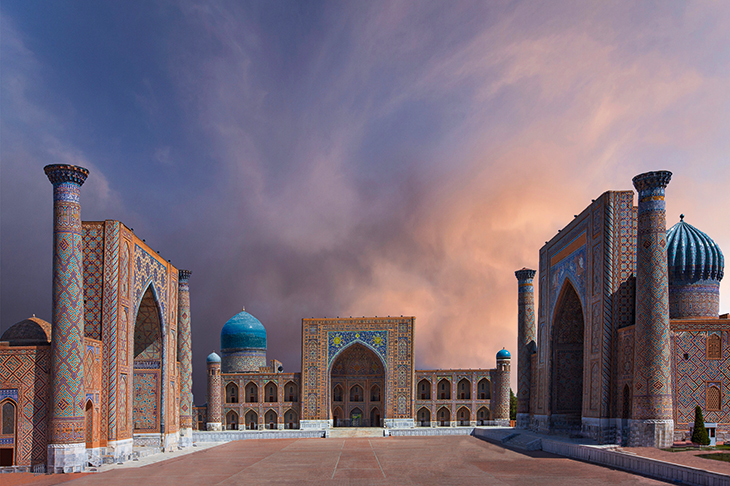

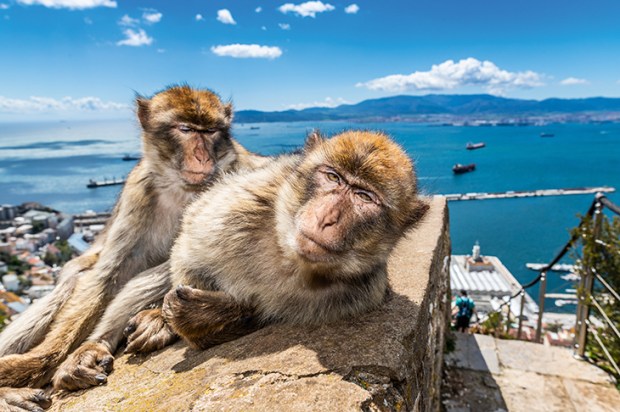
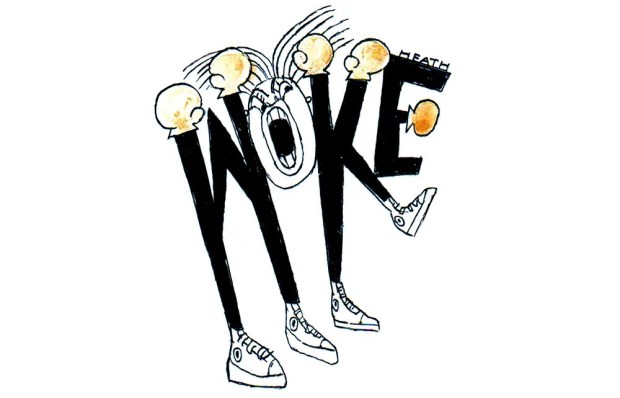
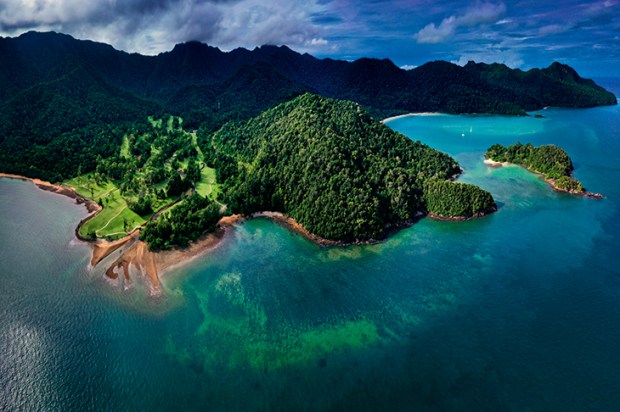
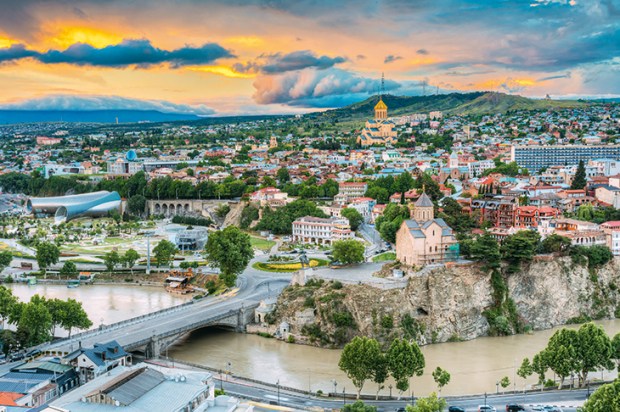
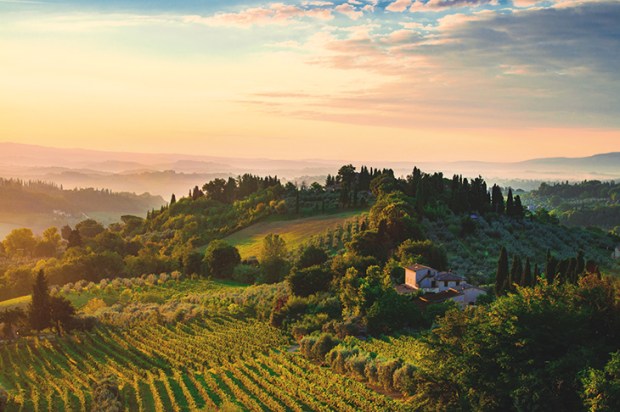
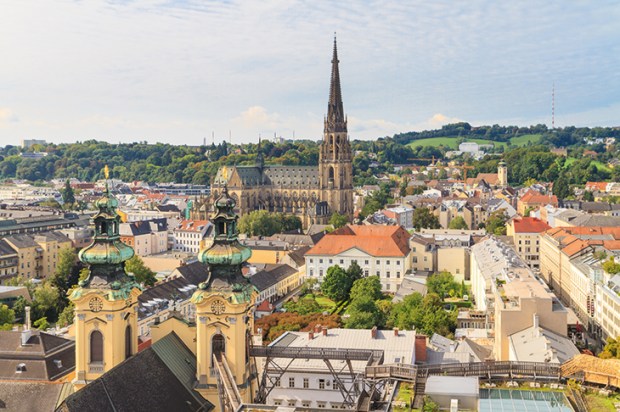






Comments
Don't miss out
Join the conversation with other Spectator Australia readers. Subscribe to leave a comment.
SUBSCRIBEAlready a subscriber? Log in